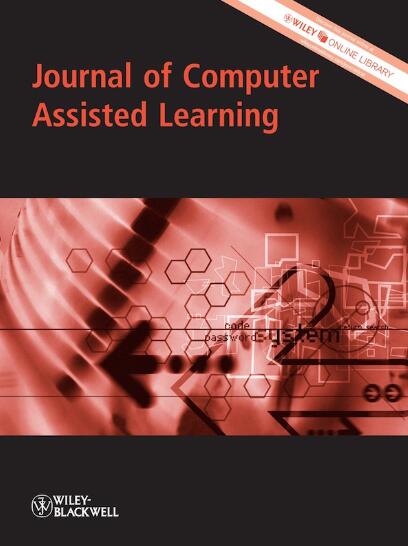Cultivating students' problem-solving knowledge and skills in the workspace has been regarded as a primary goal in technical and vocational education. To this end, students are usually guided to complete the learning of workspace knowledge and skills by following the question, prompt, interaction and evaluation (QPIE) procedure.
In conventional instruction, when teachers present questions of real cases to students, most of the class time is spent on the demonstration of relevant techniques and prompts. Meanwhile, trainers in conventional classrooms often have to guide multiple students simultaneously, making it challenging to provide individual guidance. Therefore, the present study proposed an AR (Augmented Reality)-based QPIE training mode.
To show the effectiveness of the proposed mode, this study recruited two classes of students from a technological university as the participants, and conducted an experiment using a unit of a professional training course. One class of 22 learners adopted the AR-QPIE training mode, while the other class of 22 learners used the conventional QPIE (C-QPIE) training mode.
The results revealed that the AR-QPIE training mode enhanced learners' learning achievement, self-confidence, and several dimensions of learning perceptions more than the C-QPIE training mode. Besides, in terms of the evaluation of case-handling performance, the AR-QPIE training mode could also significantly enhance learners' memory, comprehension, judgement, and calculation abilities in comparison with the C-QPIE training mode. Yet, no significant differences in the application abilities could be found between the two groups. The proposed training mode of this study could train learners' case-handling performance, and improve their self-confidence in the workspace.


